
Keratitis
What causes keratitis? Discover what can lead to different types of keratitis; plus, learn about symptoms, treatments and tips for prevention.
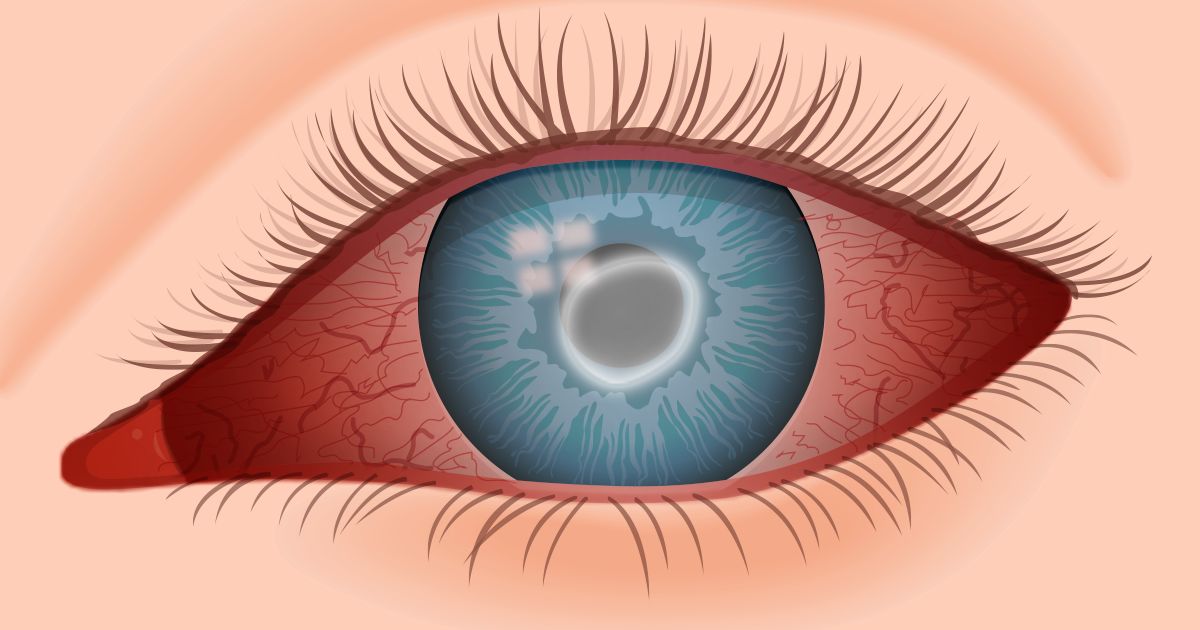
Acanthamoeba can cause rare but serious eye infections in contact lens wearers. Read more to learn how to prevent infection.

Arc eye is a common welding injury to the corneas. It can happen when unprotected eyes are exposed to the ultraviolet rays from a welding torch.

Learn about fungal keratitis, including what causes it, how serious a threat it is to your vision and treatment strategies.
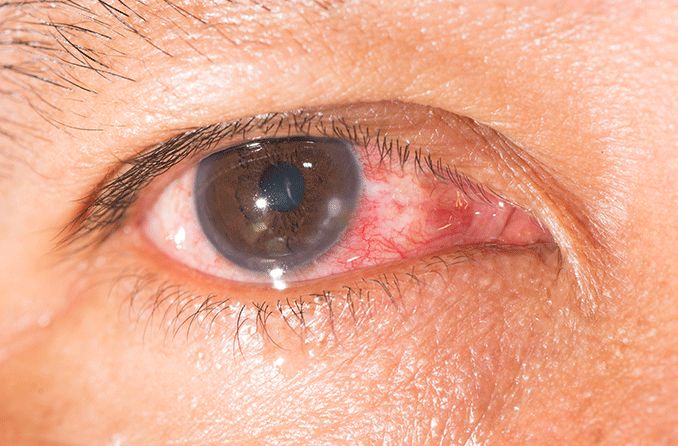
Keratitis is inflammation of the cornea (the clear front surface of the eye). Causes of keratitis include corneal injuries, infections and diseases and wearing contact lenses too long.
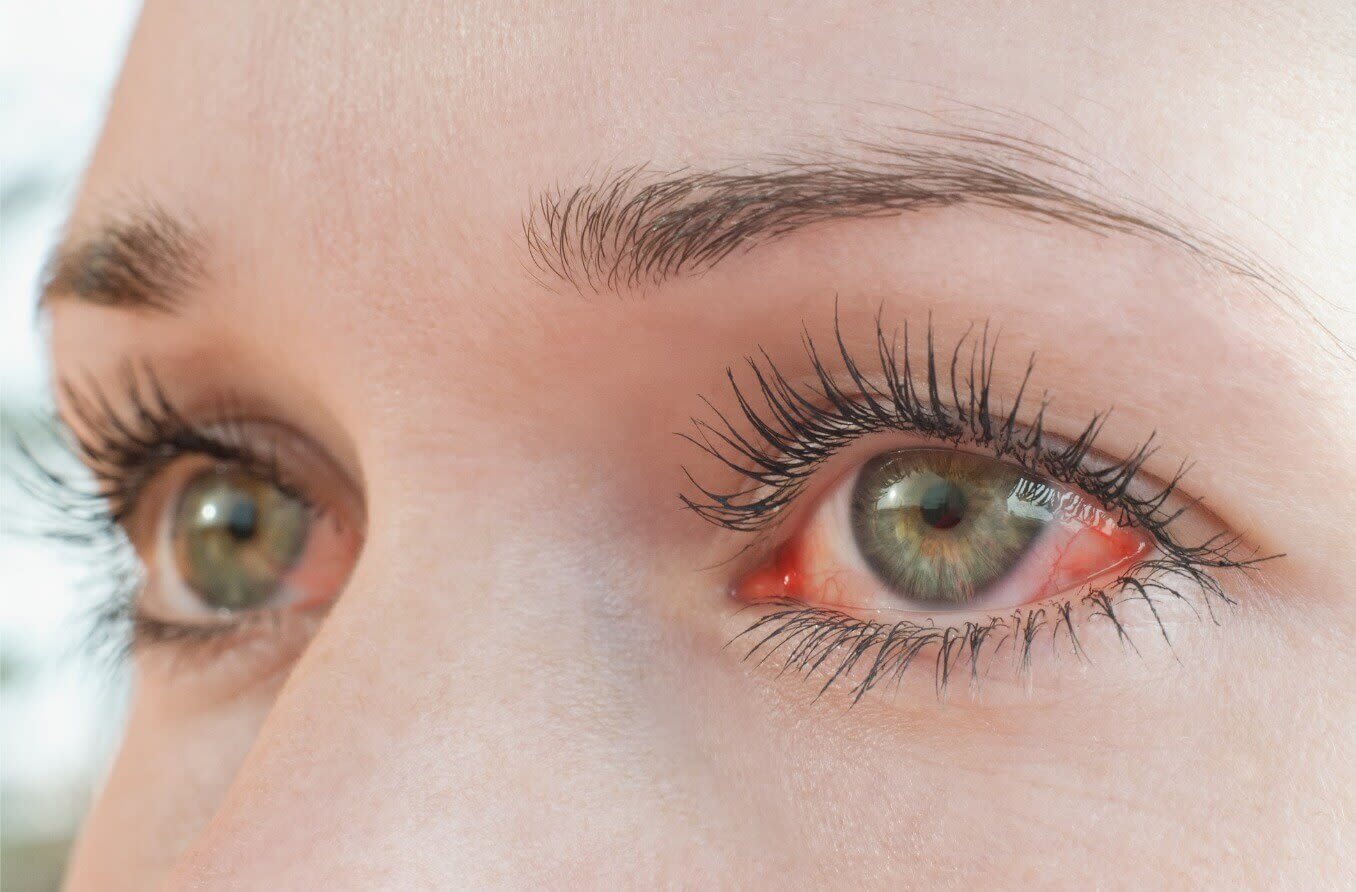
Photokeratitis or ultraviolet keratitis is a painful eye condition caused by UV rays. Discover symptoms tied to sunburned eyes, snow blindness, and more.

Snow blindness is a painful, temporary loss of vision due to a sunburned eye. Learn how to avoid becoming snowblind.
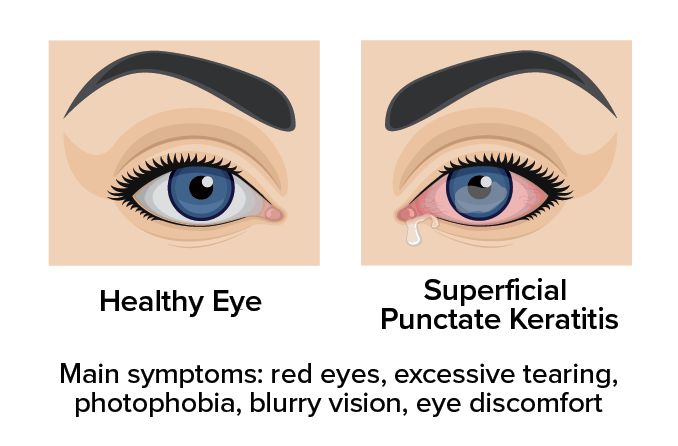
Superficial punctate keratitis is damage to the cornea’s outer layer. It can result from many conditions and cause discomfort, redness and watery eyes.
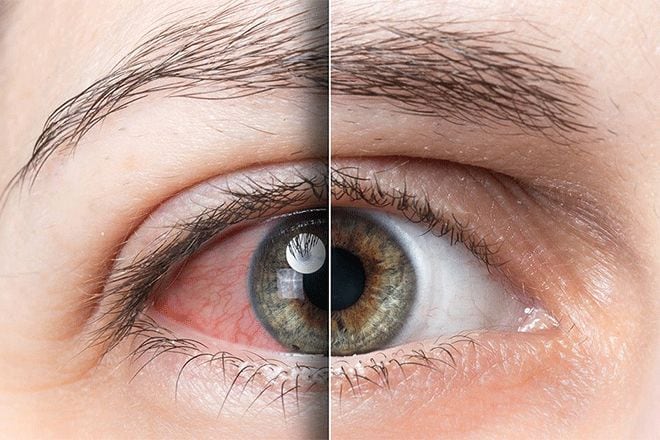
Your eyes can get sunburned if they're exposed to too much UV light. Read on to learn about the symptoms, causes and treatment of eye sunburns.

Welder’s flash: Here’s what you need to know about causes, symptoms, treatment and how to protect your eyes from harmful UV rays.
All About Vision and AllAboutVision.com are registered trademarks of AAV Media, LLC. © 2000-2025 AAV Media, LLC. The content on this site is for informational purposes only. All About Vision does not provide medical advice, diagnosis or treatment. Contact an eye doctor if you need medical attention.